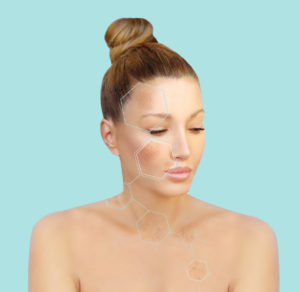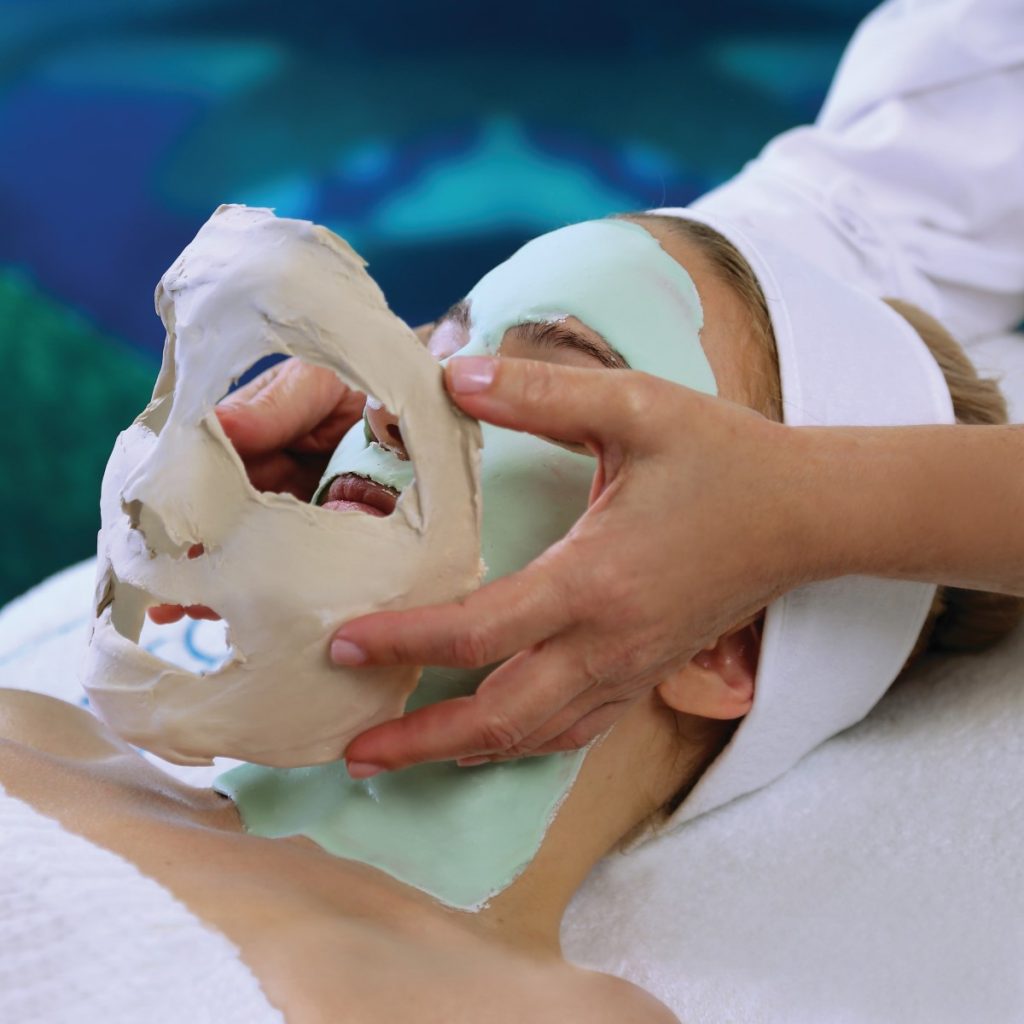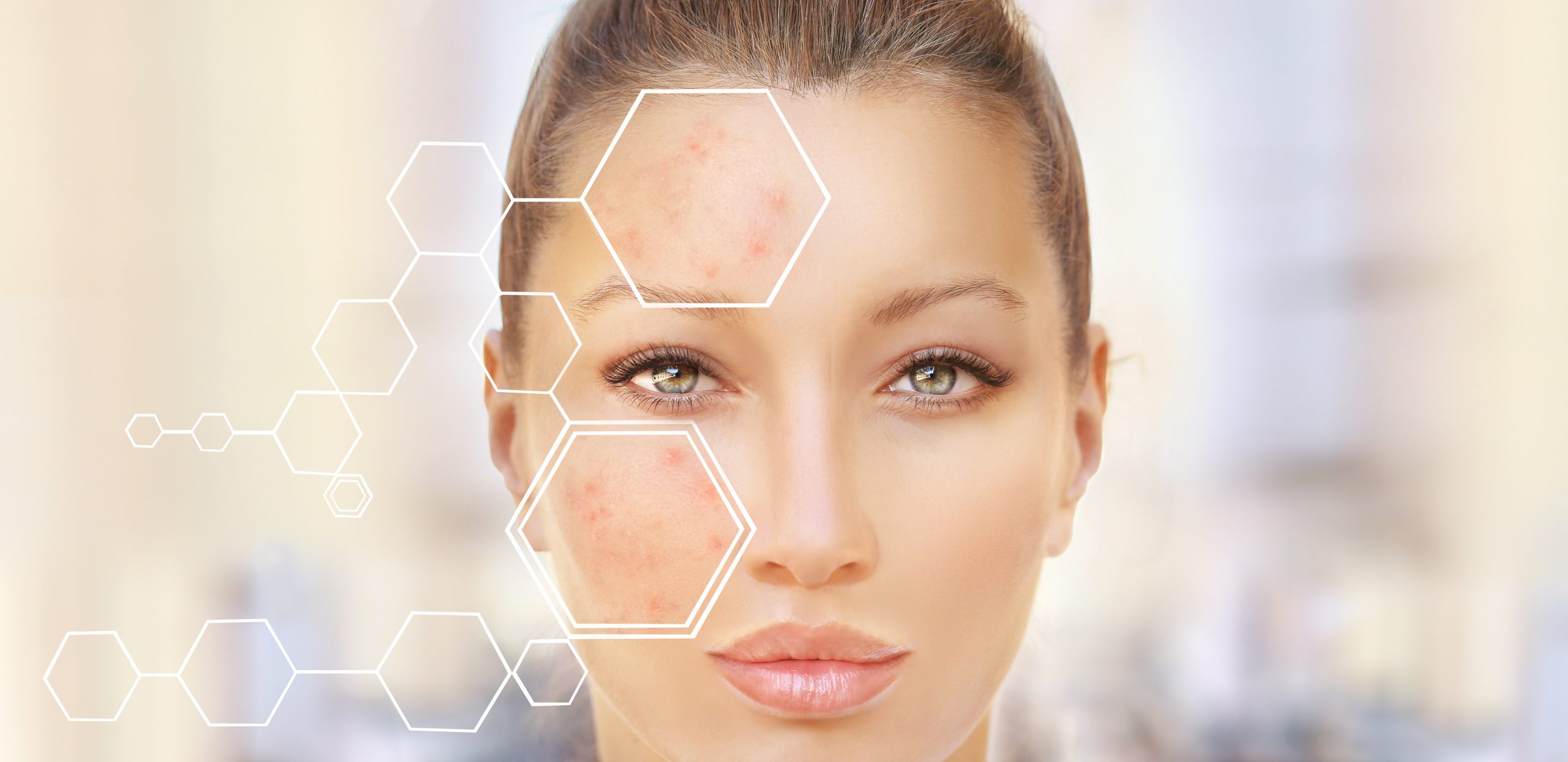As a professional esthetician, understanding pH and its effects on the skin is an integral part of education. Studies have shown that pH is not only an important factor in skin health, but may be one of the most key factors to understand. “Skin pH is one of the important physiological parameters of the skin. Changes in the pH play a role in the pathogenesis of several skin diseases, including acne.”

In fact, skin issues such as eczema, redness, dry patches, acne, oiliness, psoriasis, and premature signs of aging all indicate that your skin’s pH is off-balance. The primary manifestation of all these skin issues is a compromised skin barrier due to an imbalance of the pH, which means that maintaining the proper pH of the skin is a primary responsibility of skin care professionals to maintain the skin barrier.
Understanding pH and its relation to the skin takes education, not only in recognizing signs of skin concerns but also in knowing which products have a high or low pH and why. This will review the basic information on pH and its relation to the skin barrier, but all estheticians are encouraged to further their education on the subject as it is an ongoing, ever evolving concern.
The pH Scale
pH stands for potential hydrogen, and is a unit of measurement that indicates whether a substance is acidic, neutral or alkaline. Alkaline is sometimes called “base.” Just as degrees measure temperature and inches measure distance, pH measures the amount of acid or alkali in a water-based solution. Only solutions containing water and/or dissolve in water can have an acidic or alkaline nature.
A solution is acidic or alkaline depending on the number of positive hydroxide ions or negative hydrogen ions it contains (an ion is an atom that has gained or lost electrons). If a solution has more positive hydrogen ions than negative hydroxide ions, it is acidic. If it has more negative hydroxide ions, it is alkaline. When a solution has an equal number of hydrogen and hydroxide ions, it is neutral.
The pH measurement scale ranges from 0 to 14 with number 7 as neutral. Numbers less than 7 indicate acid while numbers greater than 7 indicate alkaline. The scale is logarithmic, which means each step or number increases by multiples of 10. pH 6 is 10 times more acidic than neutral 7; however, 6 is 10 times less acidic than 5, which falls in the range of the average pH of hair, skin and scalp. When you are using products that are pH 6 or “only one number” away from the average pH of hair, it is actually 10 times less acidic. That is a big difference. For example, have you peeled an orange and, as the juice from the orange came in contact with your skin, you felt a slight tingle? The pH of an orange is approximately 2, which is only 3 steps away from the pH of your skin (4.5-5.5) but in reality, it is almost 1,000 times more acidic than your skin.
At the top of the scale is 14, which is 10 million times more alkaline than 7. For example, lemon juice has a pH of 2.5, considered a strong acid. Diet Cherry Coke has 3.0, considered a weak acid. Distilled water has a pH value of 7.0, considered neutral, although higher in alkalinity than the ideal pH of skin. Toothpaste has a pH value of approximately 8.5, while ammonia, a strong alkaline has a pH value of 12.5. Remember that a neutral pH is 7, with anything higher being alkaline, and anything lower being acidic. For the skin, though, pH scales tend to be a bit more broad, with acidity ranging between 4 and 7.

There are, however, a number of factors both intrinsic and external that can impact the pH of the skin. These include age, the site of the skin on the body, genetic predisposition, sebum and skin moisture. Research has found that pH of the skin can affect the barrier function, which in turn, can result in numerous problems.
The skin barrier depends on its ability to retain moisture and the organization of lipids within the skin. The stratum corneum barrier is generated by a process that involves several pH-dependent enzymes which have an optimum range of between 4.5 -5.6 which then are involved in the synthesis of ceramides, critical components of the skin barrier. Studies have shown that elevations of pH in normal skin create a disturbed barrier. Furthermore, the microflora of the skin consists of transient, temporary-resident, and permanent-resident species. Normal flora growth is optimal at acidic pH levels, whereas bad bacteria, thrive at a neutral pH levels.
Other factors that can affect skin pH include air pollution, antibacterial products, change in seasons, with different humidity levels, cosmetics, detergents, sweat, tap water, too much exposure to sun and wind, aggressive treatments such as microdermabrasion and acid peels, and medical treatments.
“Acid balanced” and “pH balanced” are two terms that are sometimes confused in the cosmetology industry. When a product says “pH balanced” it means the pH is balanced at a certain number, but not necessarily at 4.5 to 5.5. Acid balanced means just that, balanced within the acid range of 4.5 to 5.5. Your task as a professional cosmetologist is to use products that will help maintain the acid balance of the skin at the 4.5 to 5.5 acid range levels.

In general, when presented with a compromised skin barrier caused by a pH imbalance, look for ingredients that work in affinity with the skin. Seaweed, for example, is closest to the body’s plasma, and therefore can help restore the skin’s natural moisturizing barrier as well as restore the skin to its proper pH. With the Repêchage Four-Layer Facial®, for example, clients will experience layer upon layer of pure, fresh Seaweed to help tone, deep cleanse and firm the appearance of the skin while helping to maintain and restore the skin’s proper pH balance.
Utilize products formulated for specific skin concerns that take into account the pH needs for each individual’s skin type and proclivity. The Repêchage® collection of professional products address all skin concerns, have been pH balanced in accord with the specific needs of the skin condition.
Proper course of treatment can vary from individual to individual, depending on the skin concerns each person’s skin displays. The following are general outlines in types of products and usage:
- Wash with gentle cleansers: The more alkaline a facial cleanser, the more disruption to the skin barrier, so use one that is balanced. Look for seaweed-based cleanser that helps restore and maintain balance such as Repêchage® Sea Cleanse® Foaming Seaweed Cleanser. Remember that the pH of the water used in cleansing can also affect the pH of the skin, even just temporarily. Remember to always wash and instruct the client to rinse the cleanser thoroughly from the skin so that any excess cleanser alkalinity can be removed.
- Toners are important: Sometimes considered superfluous, mostly in the consumer market, an esthetician can use a facial treatment to educate their clients on the use of toners and astringents because of their importance in restoring the pH balance and skin barrier. A Seaweed-based toner, such as Repêchage® Algo Mist® Hydrating Seaweed Facial Spray , can help neutralize any remaining alkalinity to help restore skin to its optimal pH level. More fragile, sensitive or compromised the skin can use toners formulated for this skin type to restore the pH, including Repêchage® Hydra Dew Pure™ Facial Essence Mist and Repêchage® Hydra 4® Tonic .
- Masking: Masks should not only contain ingredients to address the skin concern, from anti-aging peptides to hydrating seaweed filtrate, but provide a barrier to allow skin to self-correct pH deficiencies. The Repêchage® Sheet Mask Collection are based on Repêchage’s exclusive sustainably-harvested, fresh Seaweed extract combined with advanced ingredients to quickly address every skin concern.
- Exfoliation and Peels: Mild AHA and BHA peels can be highly beneficial to the skin, but, as acids, need to be monitored closely by the esthetician to assure that the skin is not being overly aggressed, as well as to administer proper post-peel treatment to restore the proper pH levels. Rapidex® Marine Exfoliator with Phyto-Marine Actives is a safe and effective uni–dose peel based on Seaweed and phyto-marine extracts and Multi-Fruit, Glycolic, and Lactic Acids to gently exfoliate the skin, helping the skin to appear more even in tone and texture, feel softer and smoother. Enzymatic peels, such as the Repêchage® Vita Cura® Enzymatic Micropeel, work in a different way than acid peels, can be less aggressive to sensitive skin types, but also need to be monitored for correct and thorough removal at the proper time.
- Serums and massage: Serums, such as the Repêchage® Red Out® Serum, assist in restoring the skin’s pH balance. This stage of treatment can provide ingredients that help to restore the healthy biome of the skin before applying a moisturizing layer.
- Moisturize: A moisturizing cream, such as the Repêchage® Hydra Dew Pure™ Facial Moisturizer and the Repêchage® Hydra Dew Pure™ Night Cream, not only provide hydrating ingredients but may also be instrumental in restoring the skin barrier with ingredients such as Seaweed extracts, Hyaluronic Acid and Camelia Japonica Seed Oil.
Maintaining healthy skin requires education on skin biology and chemistry. Learning about factors that affect the pH of the skin and the natural moisture barrier is key to creating successful protocols to truly help your clients see results in their treatments and at-home skin care.
Have any questions about pH and the skin? Leave them in the comments below.
